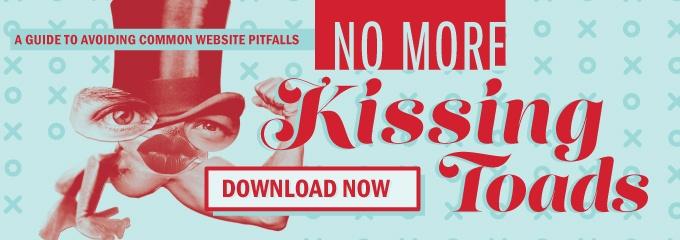Business Critical: Instagram Tools, Nearables and The End of Authorship
Business Critical is our weekly collection of what’s new, exciting, and insightful for business leaders from the world of the web, marketing, social media, and more.
New Instagram Tools
One of our favorite time-wasters here at the office is Instagram. But one can only shoot so many pictures of one’s cat before desiring something more.
This week, the team over at Instagram rolled out Hyperlapse, an awesome video tool that lets users create seamless, professional time-lapse videos with little effort. Mashable gives a great outline of how the complex is possible: the app harnesses the phone’s internal gyroscope to measure camera movement. Here’s an example video of the app at work:
Outside of Instagram, another interesting tool coming down the pipeline is Like2Buy, an e-commerce engine that harnesses the “like” feature of Instagram and connects it to shops. Like the jacket a model is wearing on your favorite store’s Instagram? Like2Buy promises to bridge that gap by allowing users to purchase items from directly inside the app.
Nearables and You
Beacons, otherwise known as “nearables,” are tiny, passive Bluetooth stickers that can go on pretty much anything. They connect to your mobile device and tell you more information about whatever you’re looking at, trigger your phone to do something automatically, or trigger something else (like your coffee maker or dishwasher) to turn on. The possibilities are seemingly endless, and, as FastCoDesign writes, increasingly Jetsons-like.
Beacon technology is improving — and it’s improving fast. This week, Estimote released its set of sticker beacons that attach to locations or objects and communicate with mobile devices.
“Beacons are a little bit like URLs for the physical world,” says Steve Cheney, cofounder and senior vice president of Estimote in an interview with FastCoDesign. “We don’t know exactly how it’s all going to work out, from the experience level, but I think the apps you use the most will start to integrate beacon technology in a way where you assume it was always that way.”
Imagine entering a movie theater and your phone is automatically silenced by a beacon. Or walking by the Flying Hippo office and automatically ordering pizza for all of us. Sounds great, doesn’t it?
The End of Authorship
It’s official: Google has put authorship in its grave.
In June 2011, Google unveiled post authorship, which put thumbnail pictures (and, subsequently, higher page rank) on posts and pages that tied their Google+ profiles in with their article byline using the rel=author tag. The photos disappeared in June 2013, and today Google pulled the plug on bylines appearing next to page posts.
Google’s experiment with authorship didn’t quite work, according to Google Webmaster Trends Analyst John Mueller, in a Google+ post.
“We’ve gotten lots of useful feedback from all kinds of webmasters and users, and we’ve tweaked, updated, and honed recognition and displaying of authorship information,” he said. “Unfortunately, we’ve also observed that this information isn’t as useful to our users as we’d hoped, and can even distract from those results. With this in mind, we’ve made the difficult decision to stop showing authorship in search results.”
What’s unclear, however, is the future of the rel=author tag and authorship code that Google used to track these.




